Sam Murphy has been involved in the equine industry for 35 years. Sam has worked with some of racing’s greats - Jim Bolger, John Oxx and Paddy Prendergast to name but a few - before setting up his own business in equine transportation.
Recently Sam has delved into a new area of business designing lights to be used in stables, but these are not just any kind of lights, as you will find out throughout the course of this article. Sam’s new product design stemmed from the knowledge that equine light therapy can successfully alter a horse’s circadian rhythm and therefore has a certain effect on hormone production. This knowledge formed the basis for designing his new product.
THE SEASONS
The horse has a season in which to thrive, prosper and breed (spring) and a season in which he needs to preserve himself to survive (winter). The horse in captivity has available nutrition but his system is still telling him it is winter and that he needs to conserve energy and try to store reserves.
Sam explains that “By extending day length we can fool the horse into thinking he is in a different season. The horse will then alter how he converts his feed. Trials have been carried out recently to analyse the effect of extended photoperiod in horses, and results have shown that, in the male, light has been proven to enhance testosterone and therefore increase muscle mass (Nambo et al, 2010). We create a new circadian rhythm by controlling the length of day versus night.”
Following intensive research and trials over the past three years along with the help and guidance of Dr Domingo Tortonese of Bristol University, Dr Barbara Murphy founder of Equilume and racehorse trainers Mark Johnston and Mick Halford, Sam has designed a system that will create a continuous uninterrupted day followed by a continuous uninterrupted night. In this way the duration and effect of the hormones serotonin and melatonin can be controlled. Please see Table 1 below.
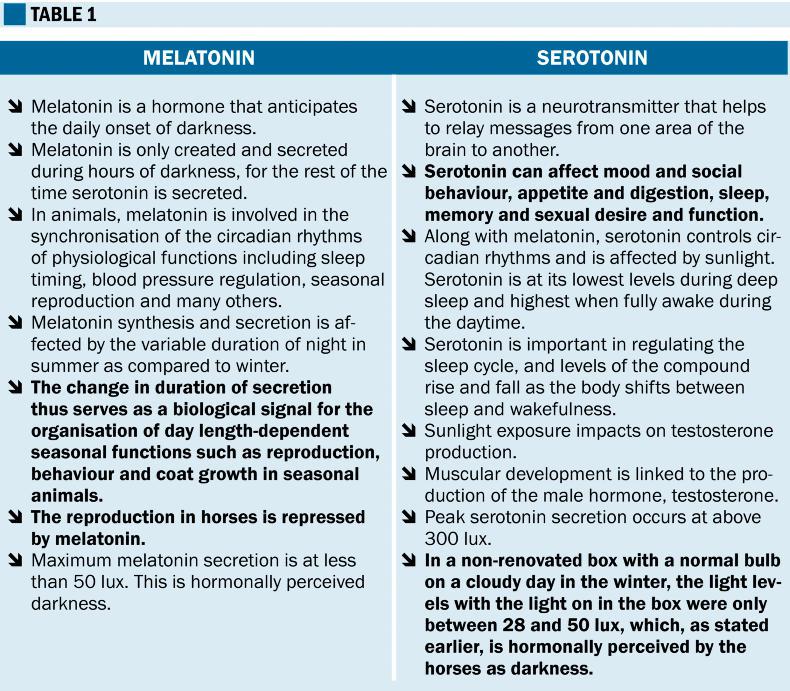
FACTS ABOUT LIGHT AND HORMONES
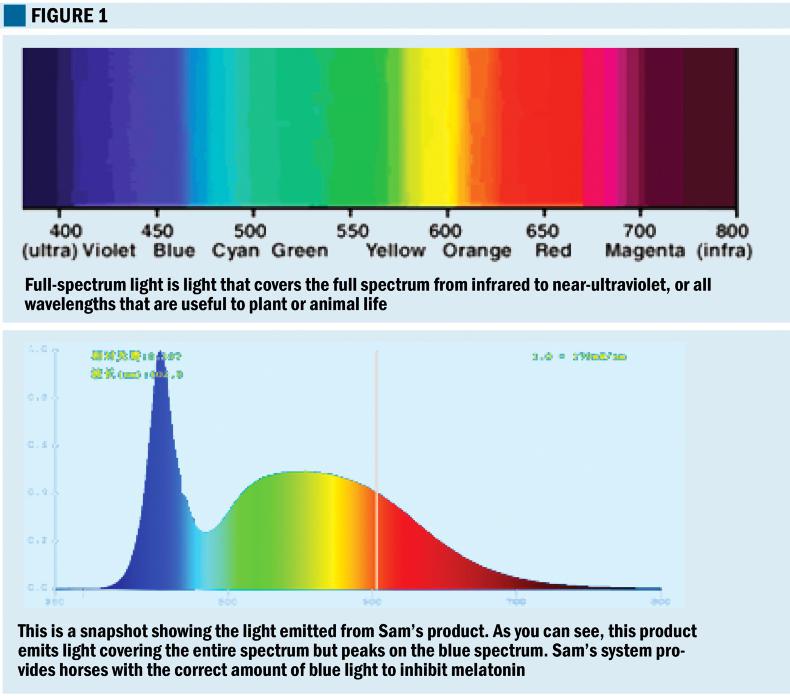
THE PRODUCT
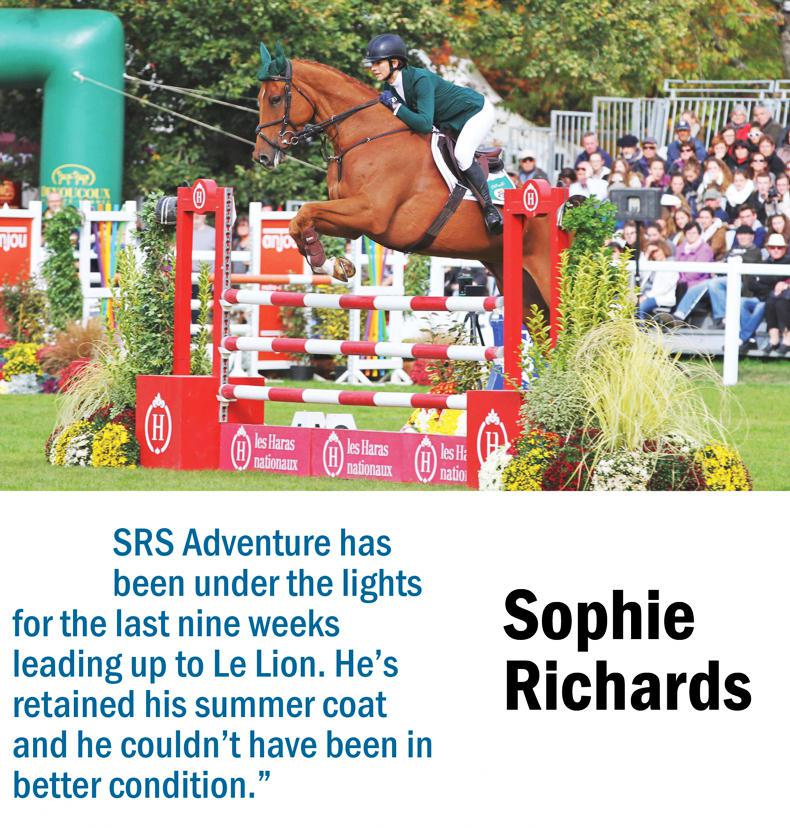
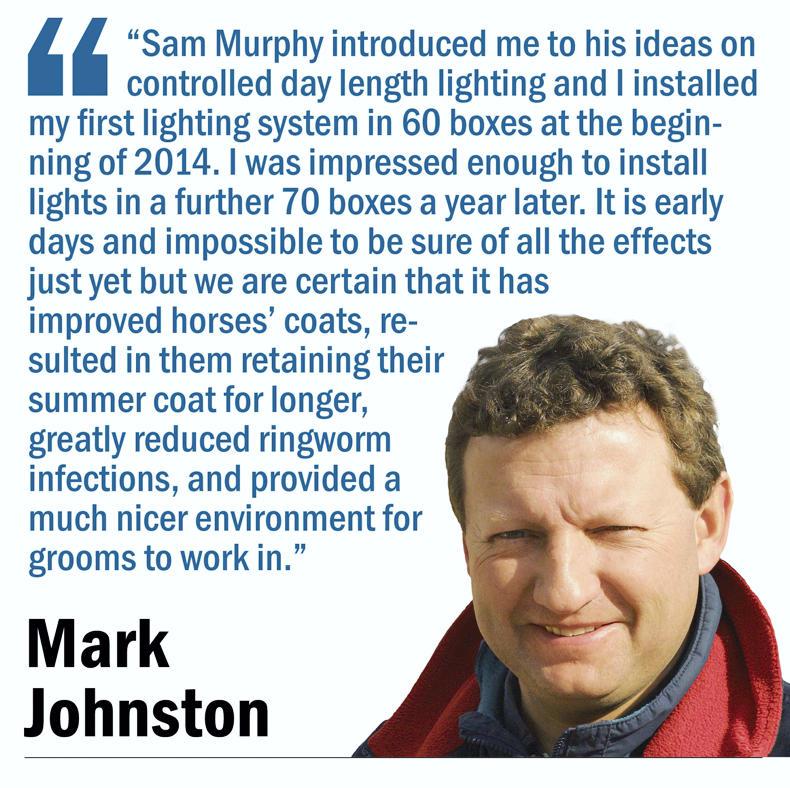
Sam Murphy has designed a product that emanates full spectrum (daylight-mimicking) light incorporating the correct amount of blue light required to inhibit melatonin in the horse, as has been identified by Dr Murphy’s team at UCD. The system has a special 365-day timer that allows the length of light provided to the horses to be slightly altered every day.
The result is that the horse will receive nine months of long days and three months of short days. The spring is advanced by 45 days and autumn extended by 45 days resulting in the horse experiencing a very short winter.
Basically the system, once set, will run automatically for 365 days and alter the seasons.
Key points
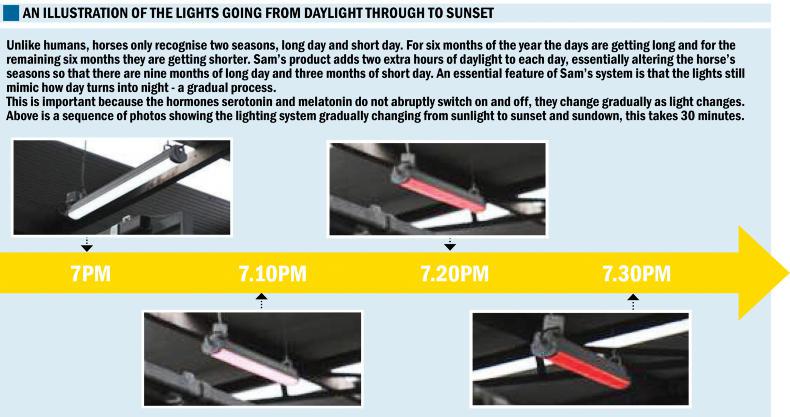
For further details contact:
Sam Murphy
Tel: 086 4177807


 This is a subscriber-only article
This is a subscriber-only article
 It looks like you're browsing in private mode
It looks like you're browsing in private mode












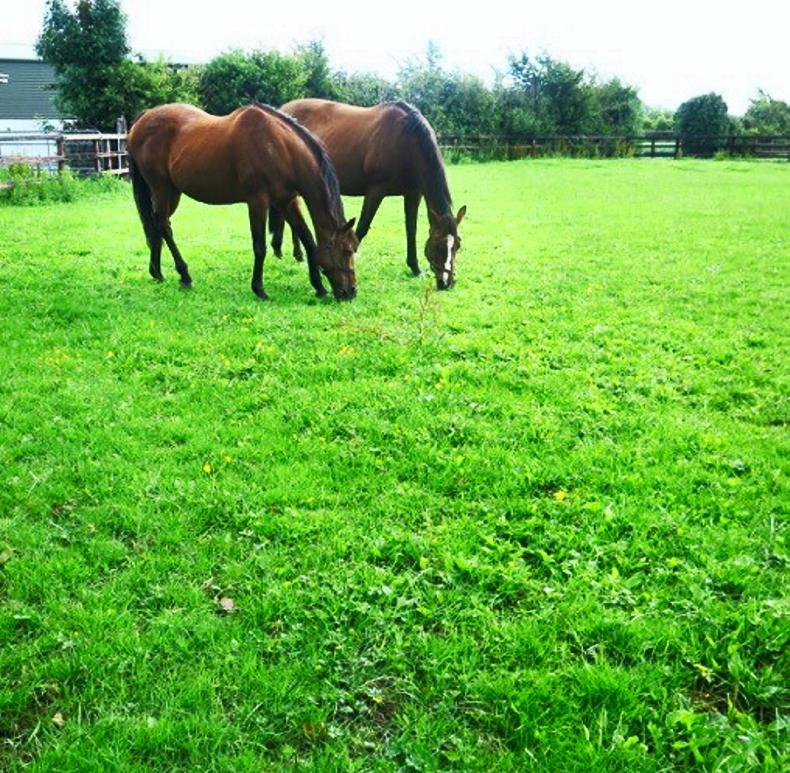
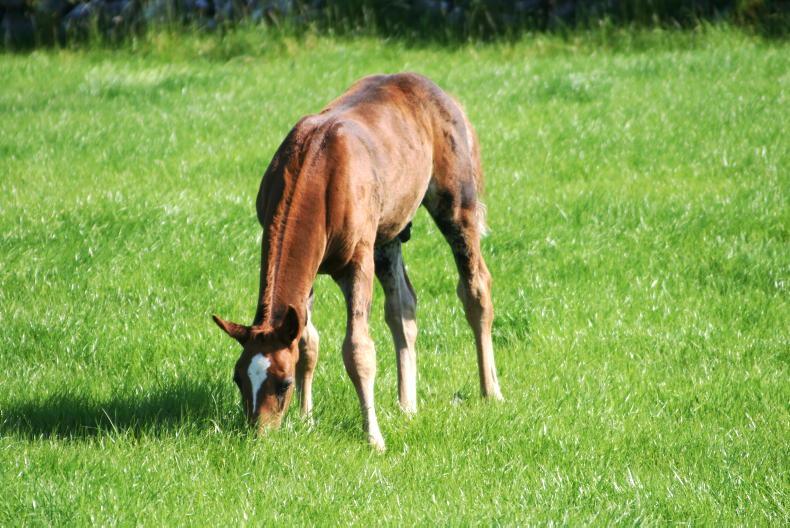



SHARING OPTIONS: